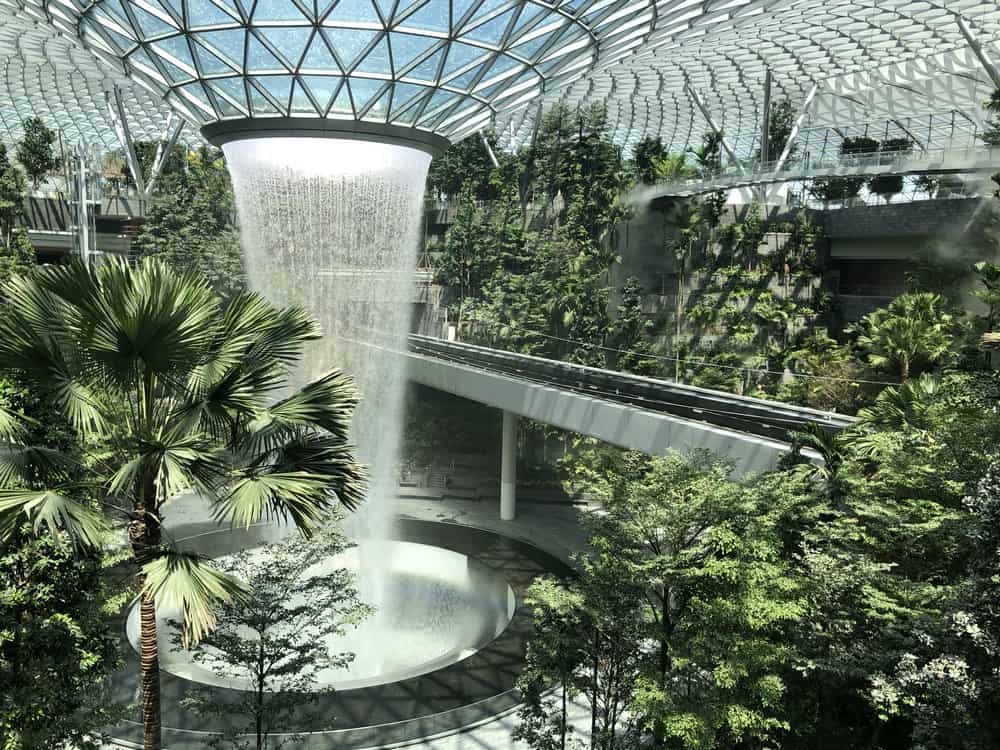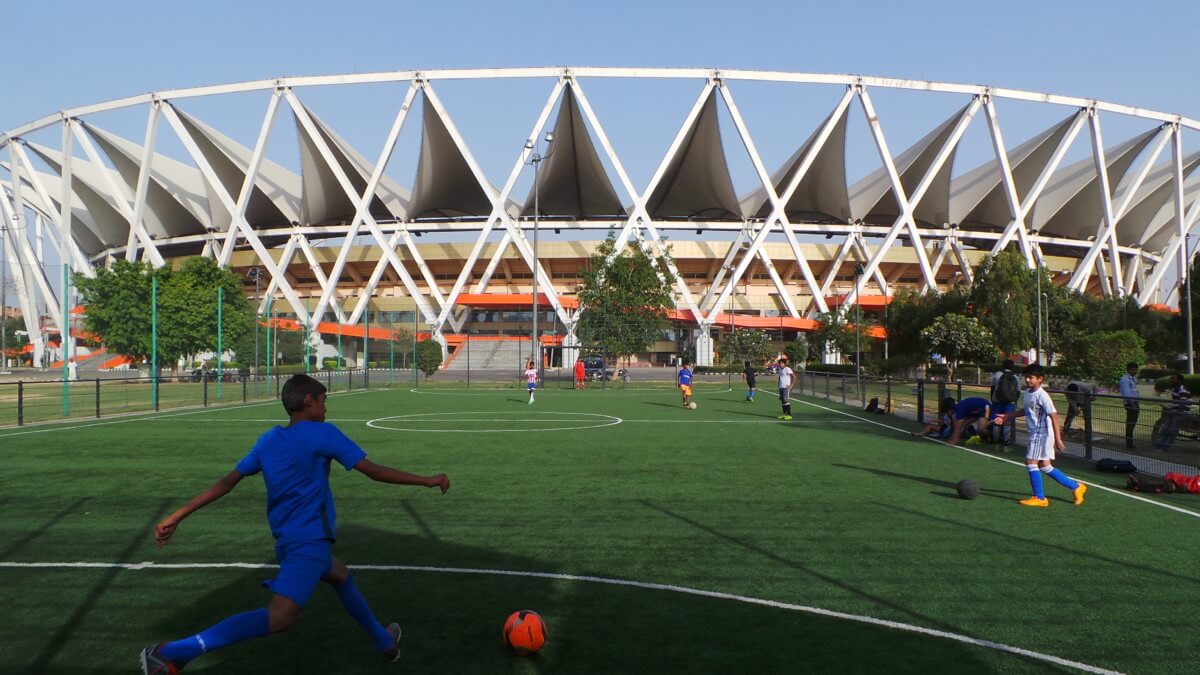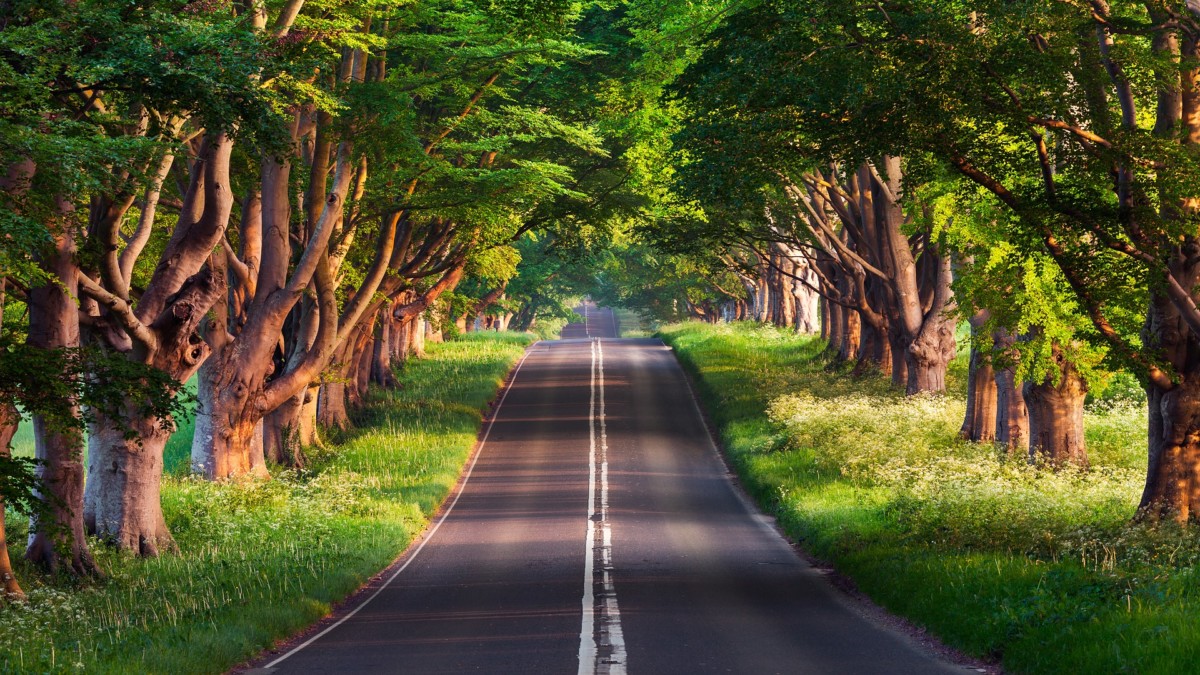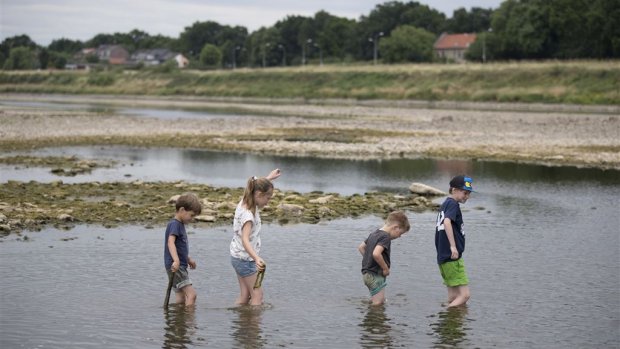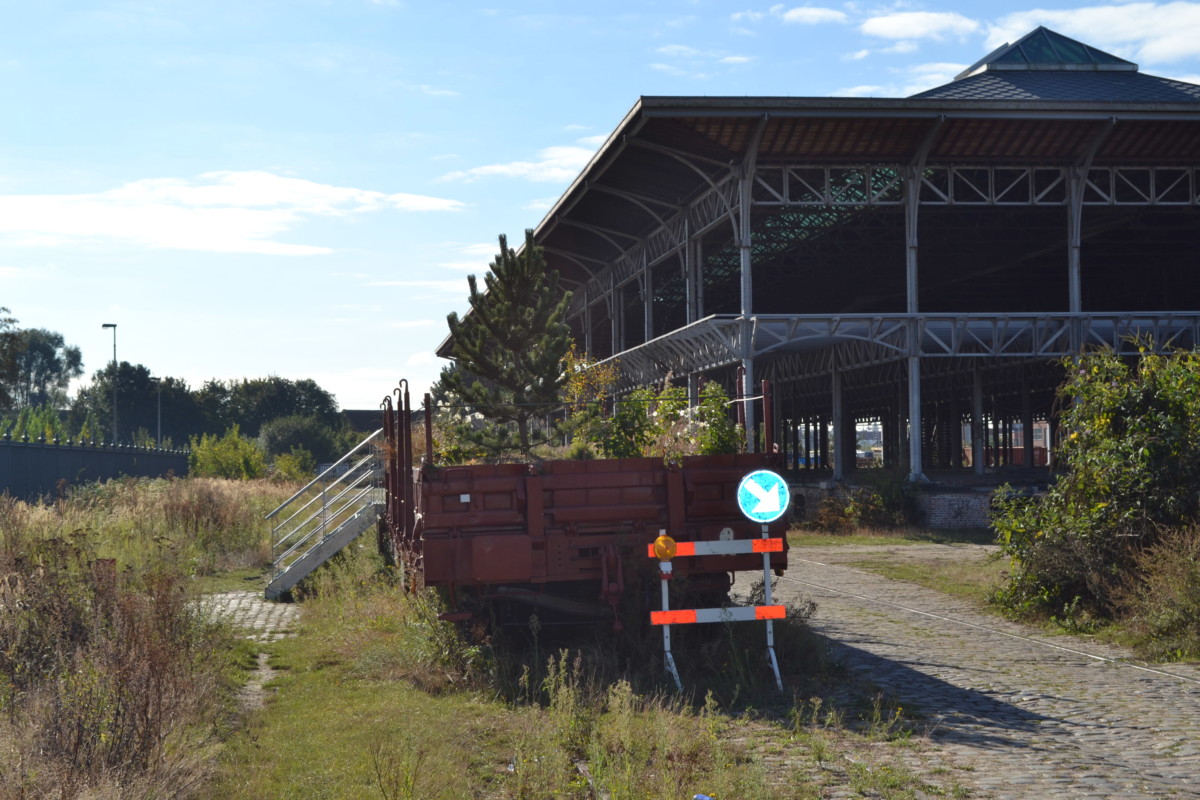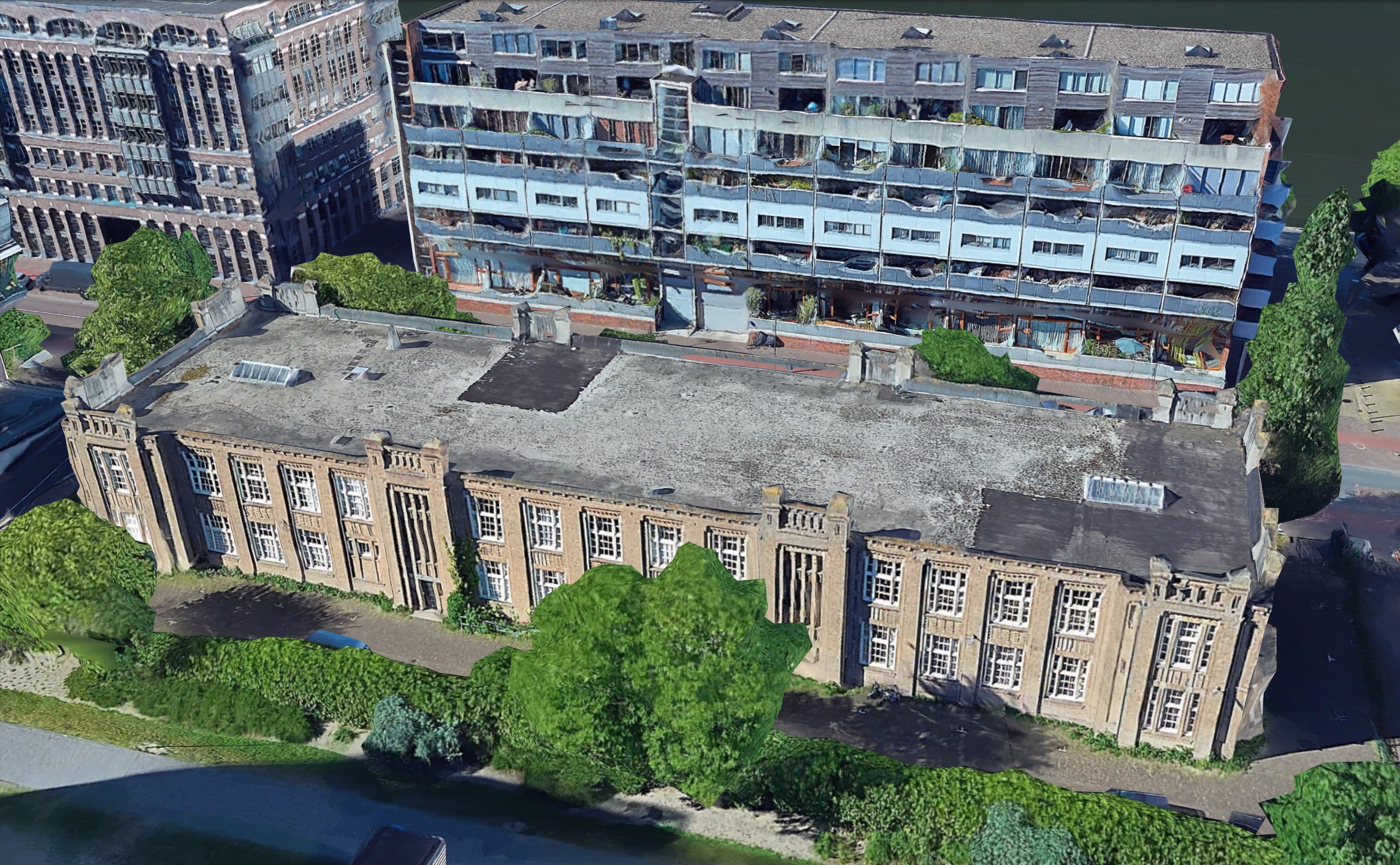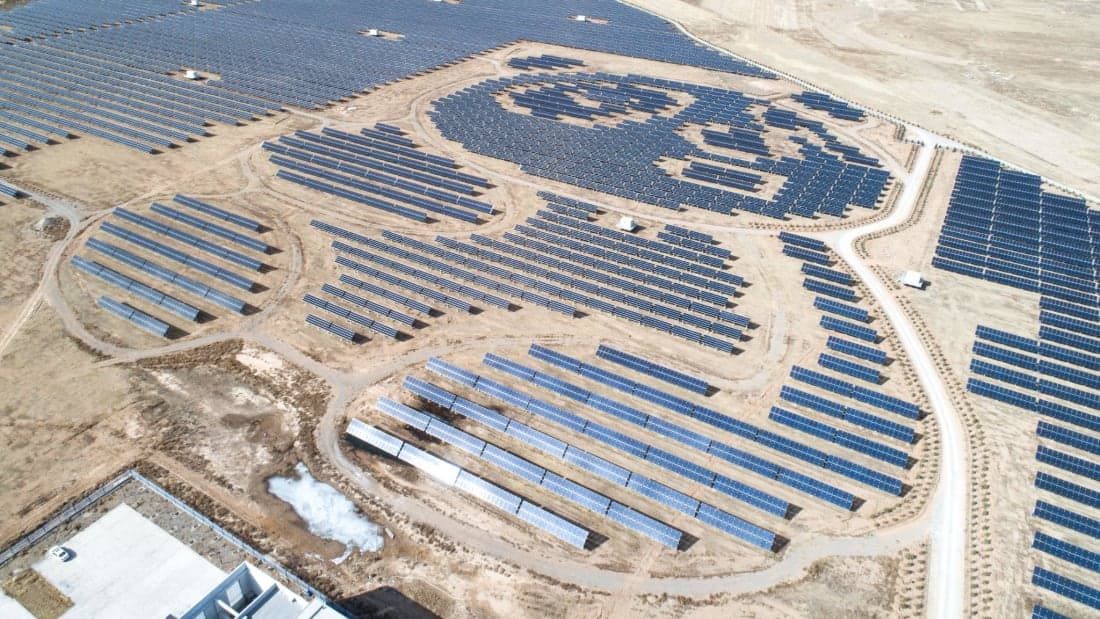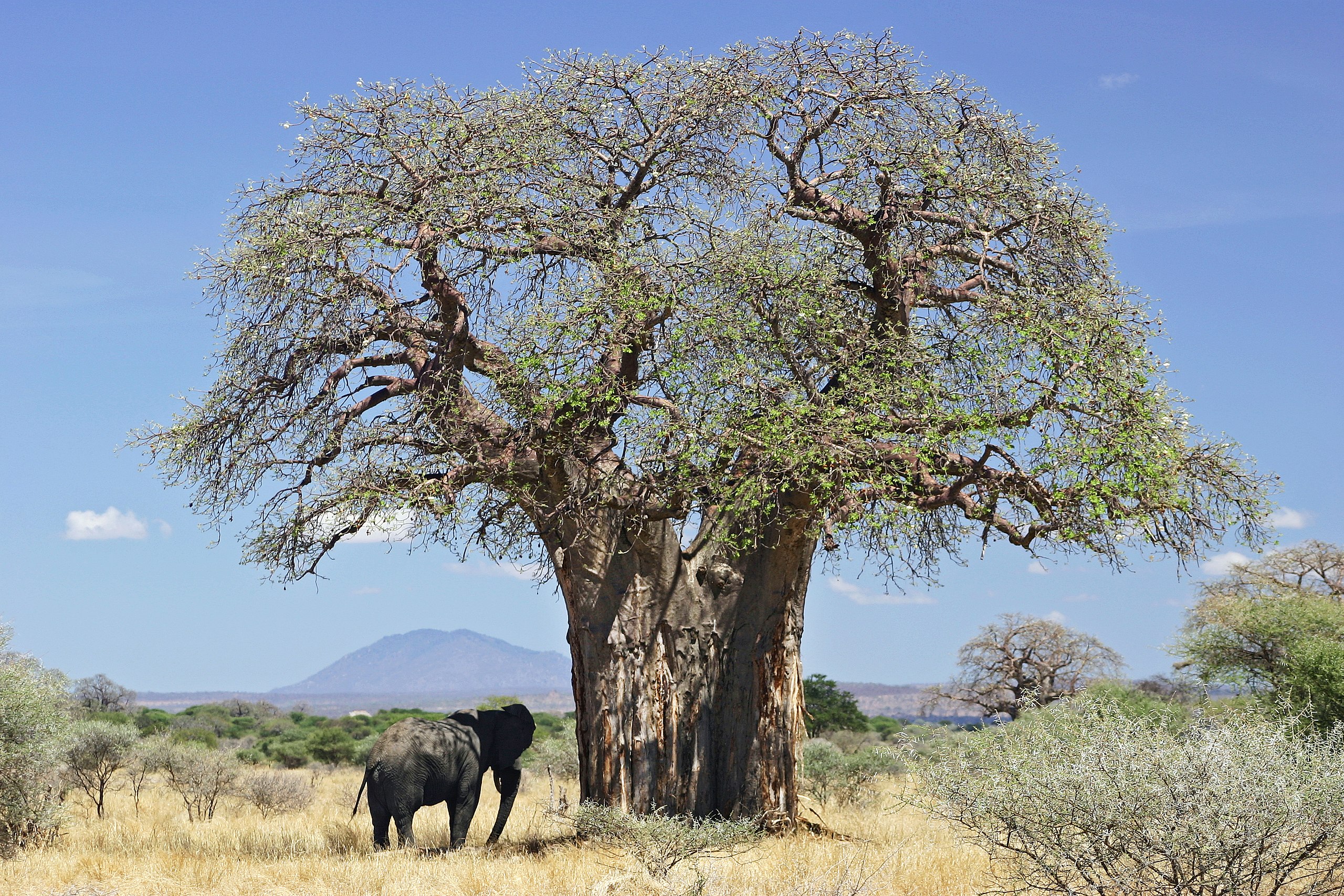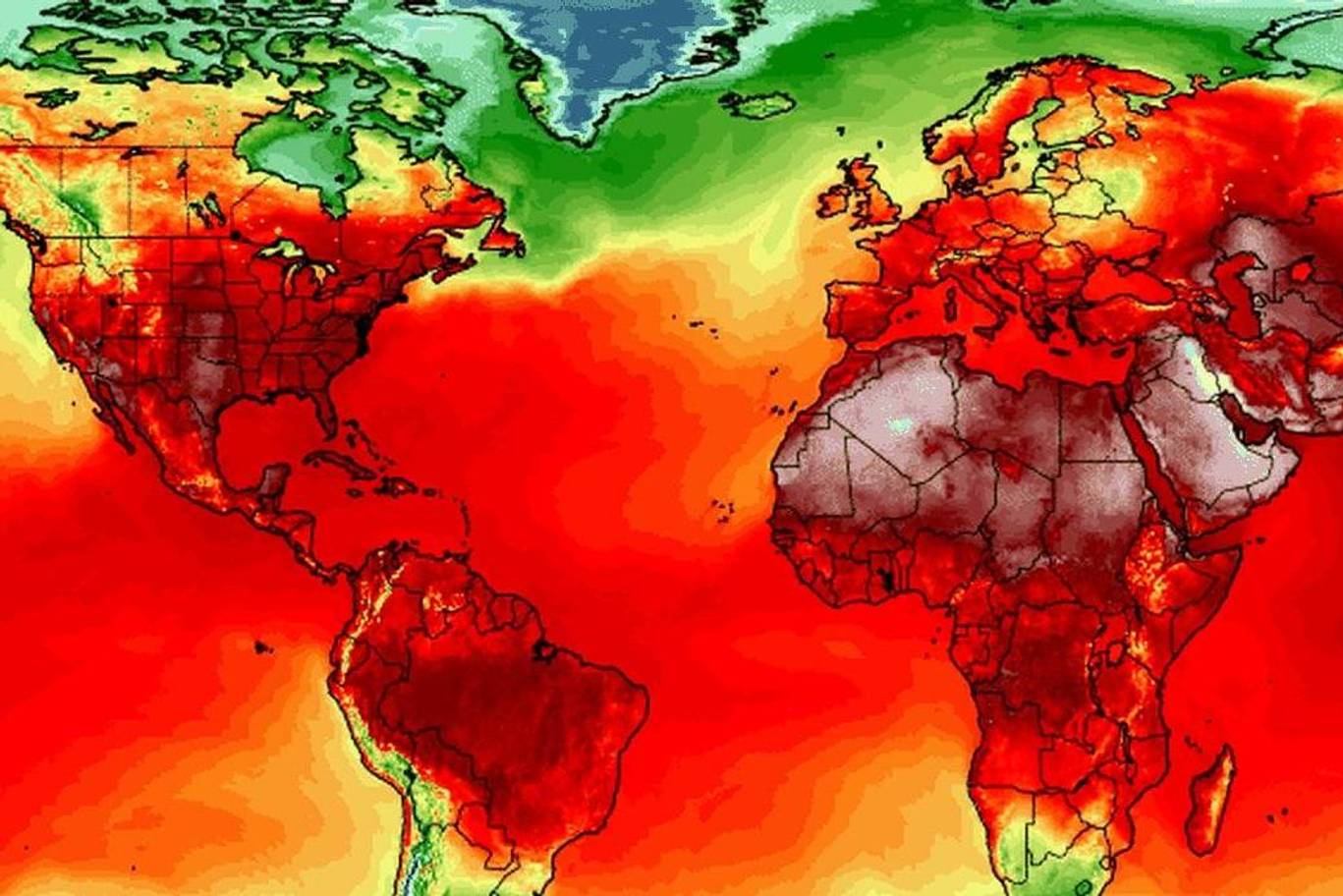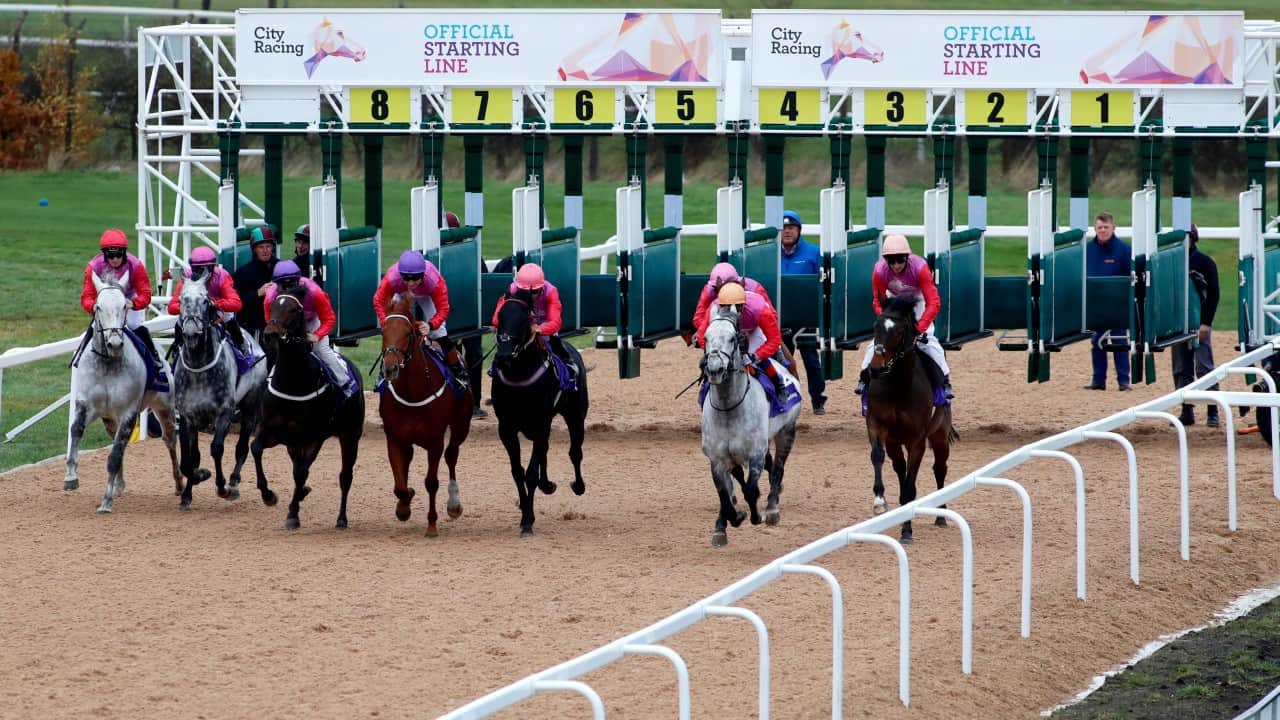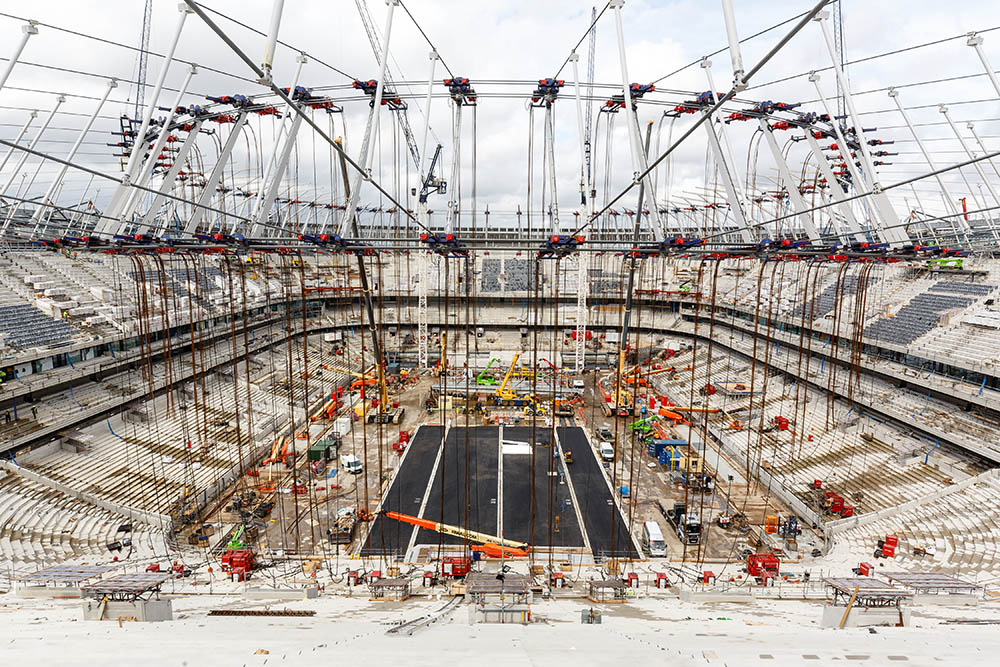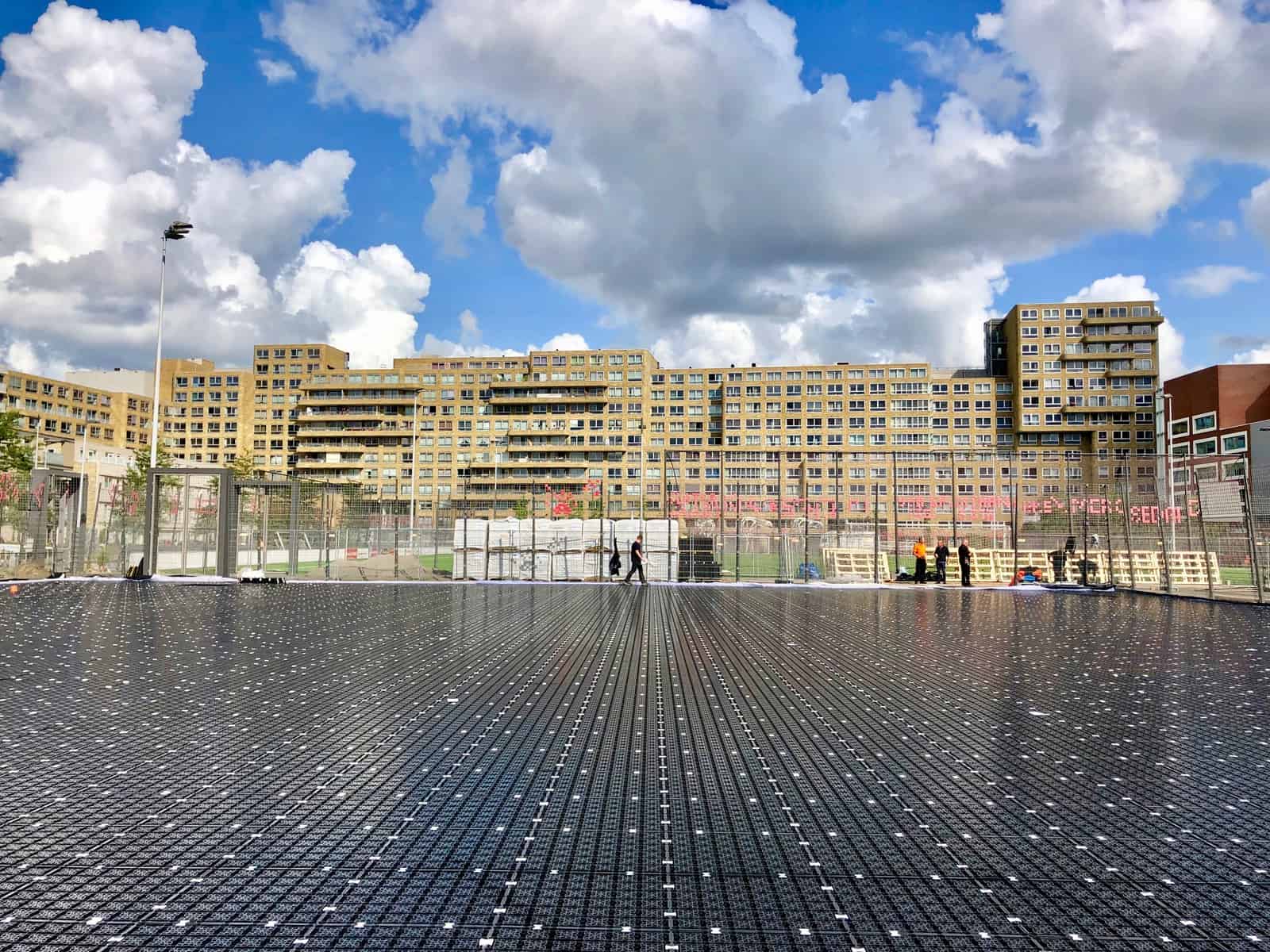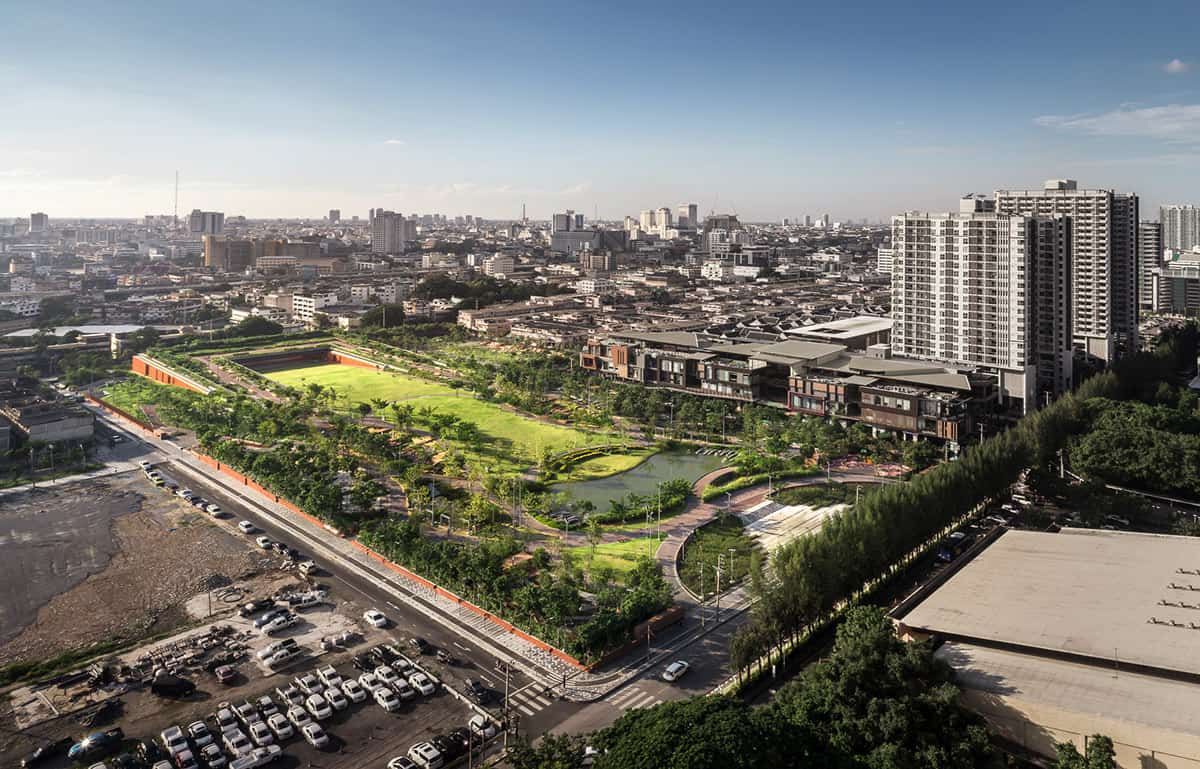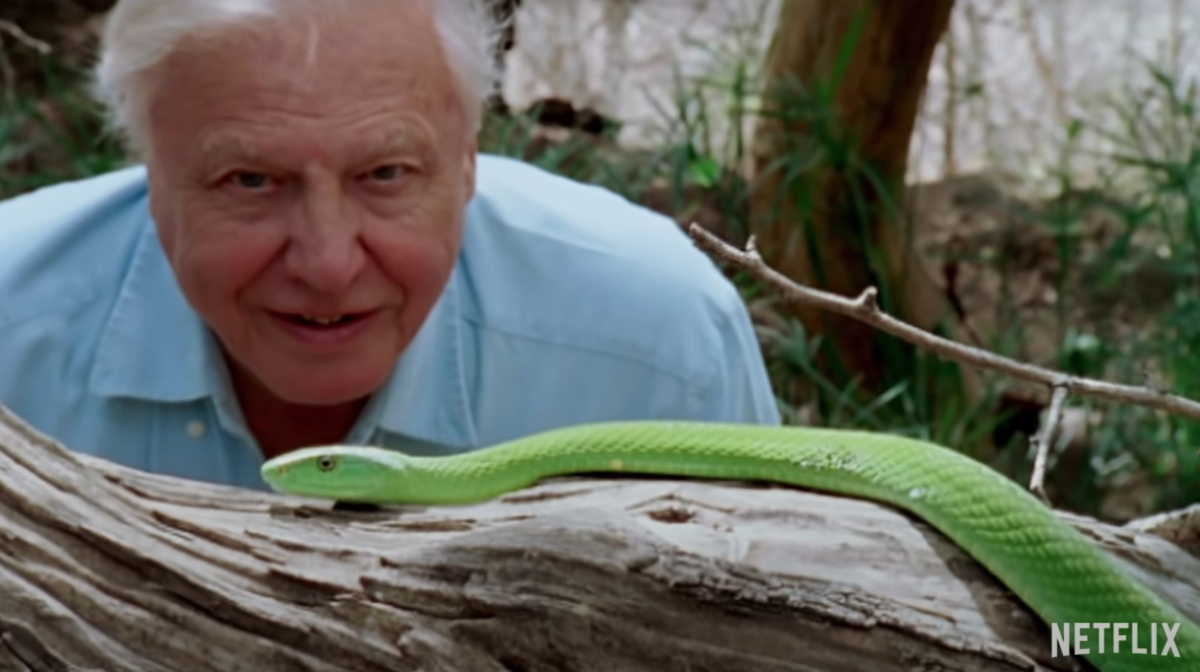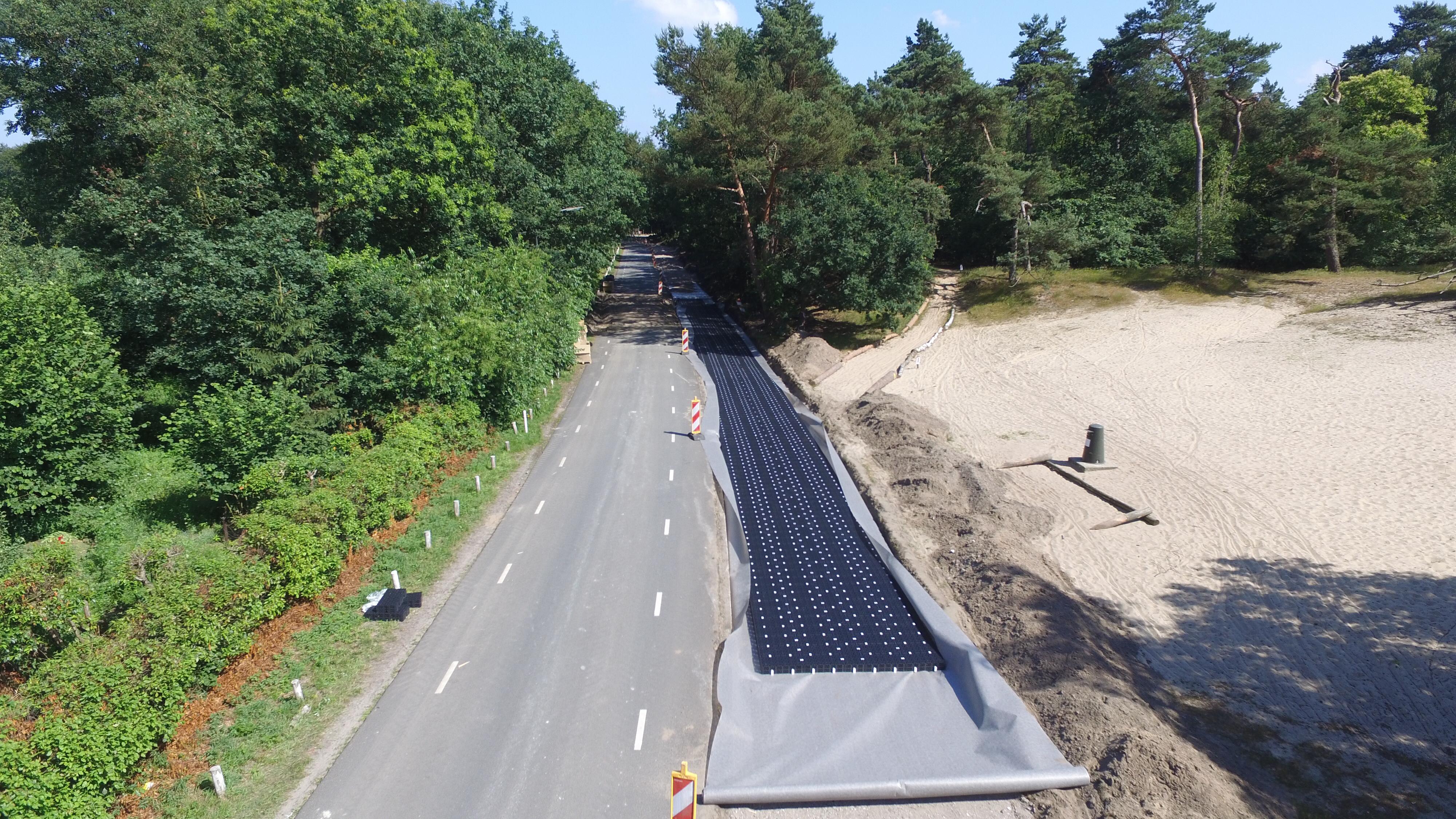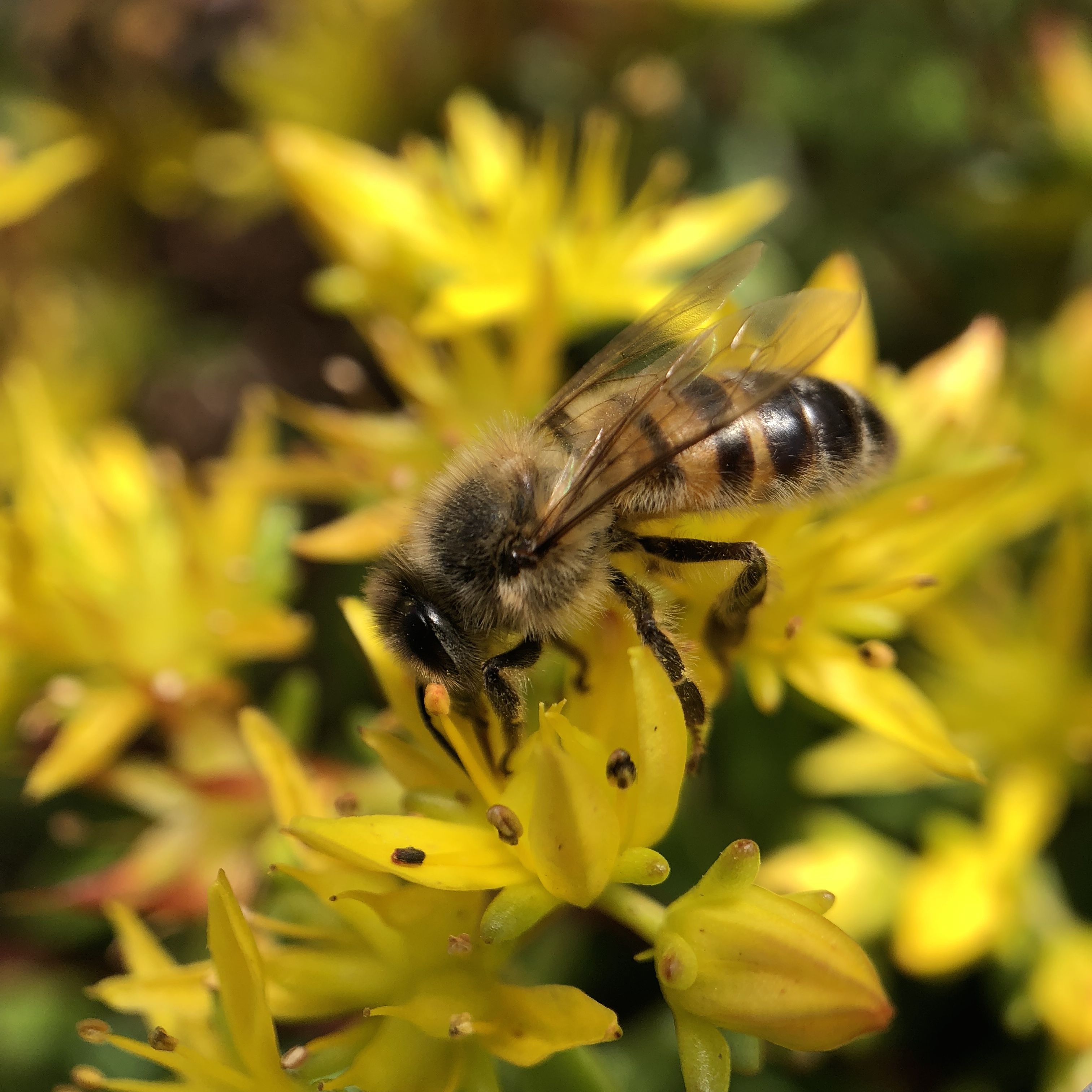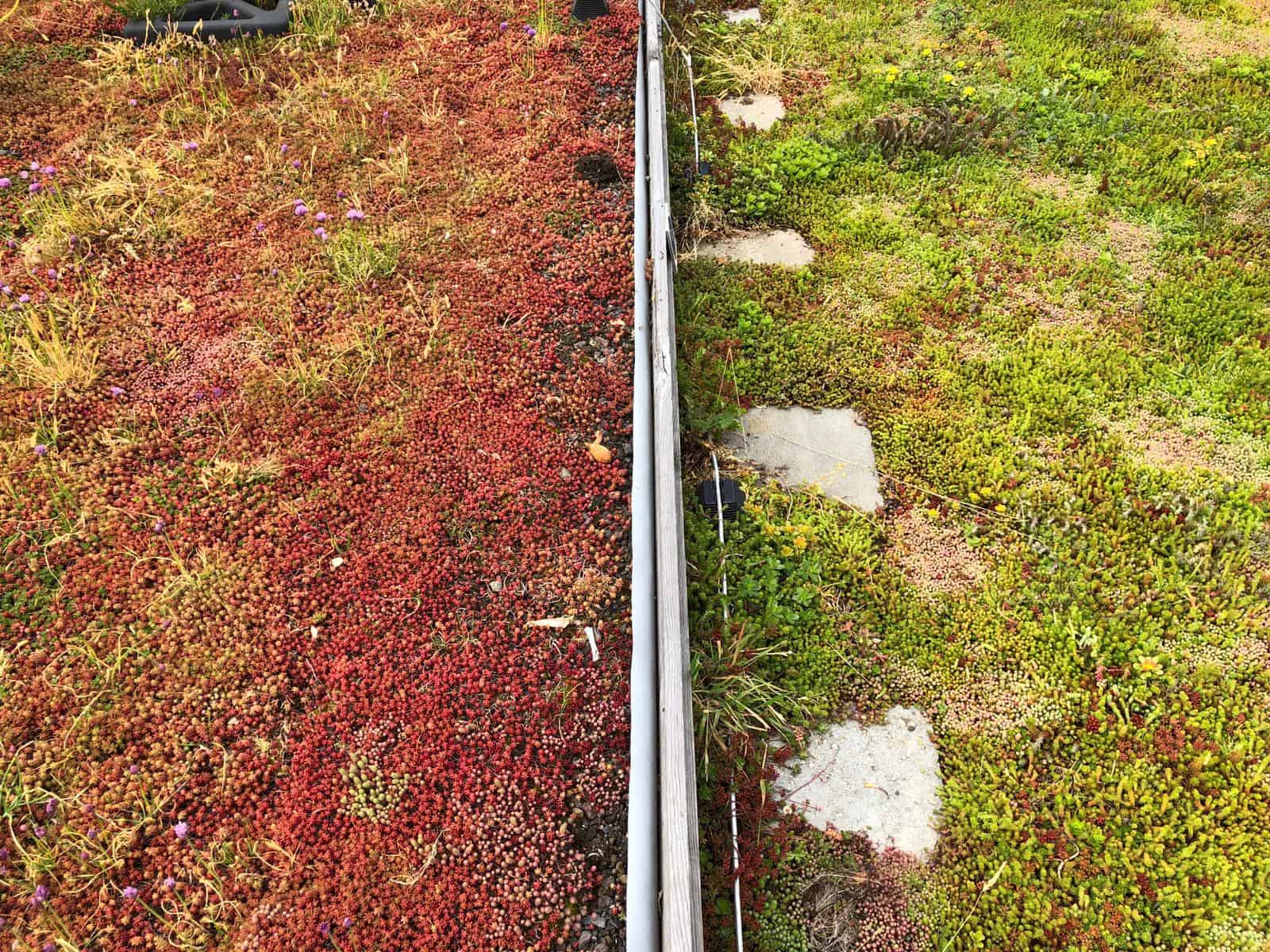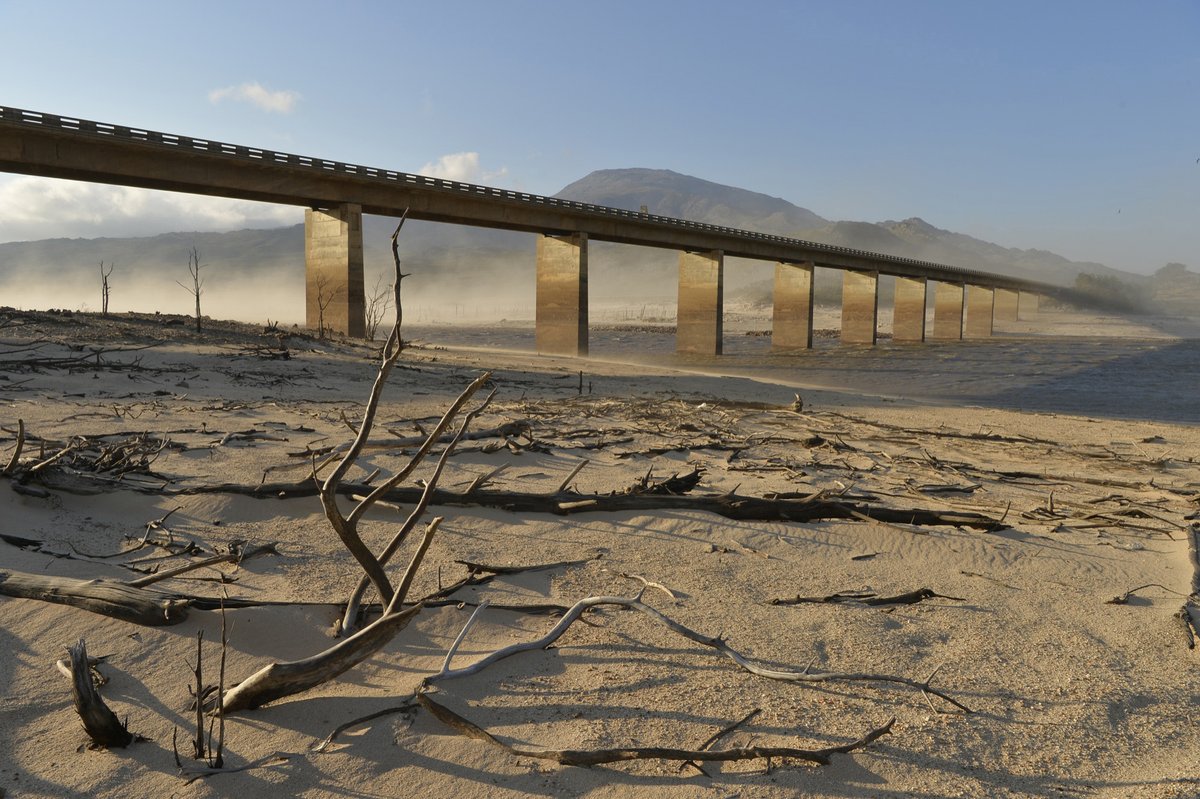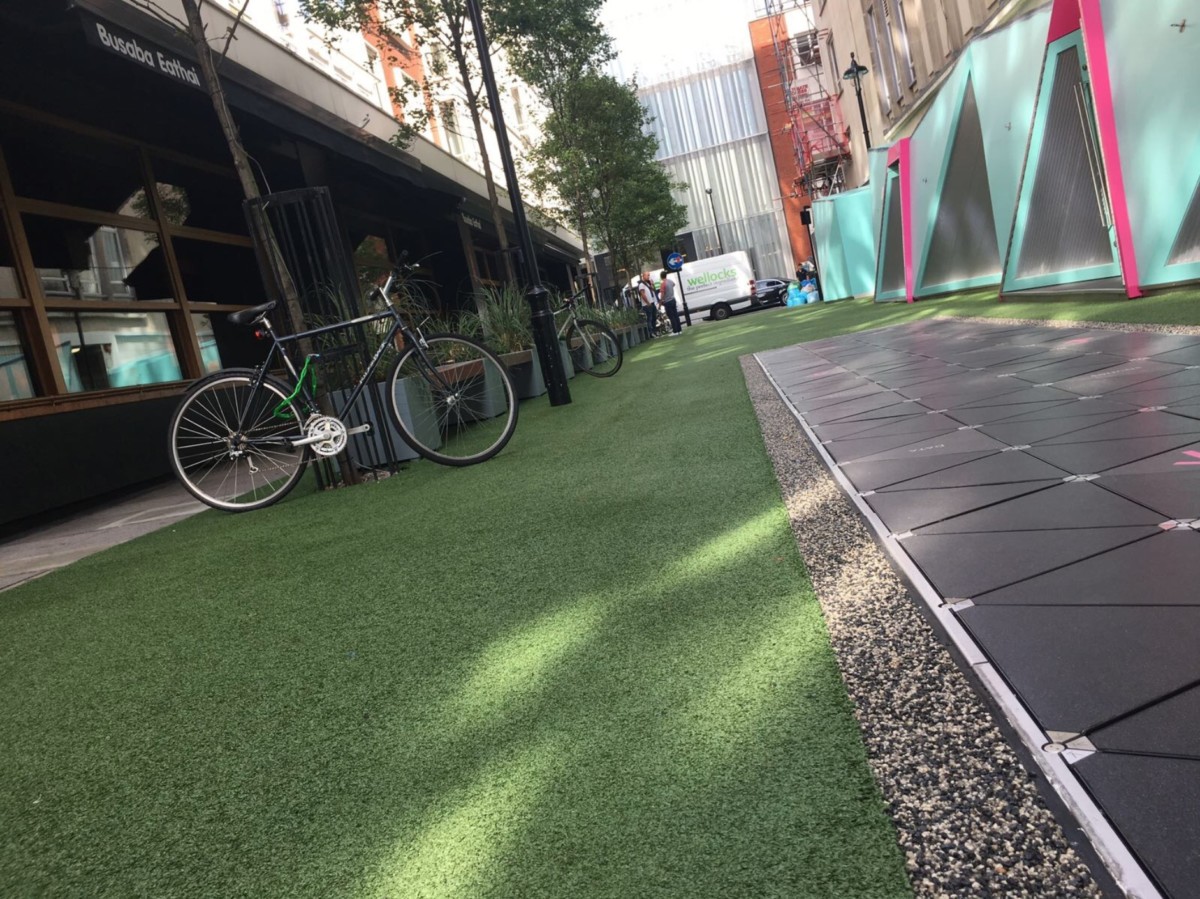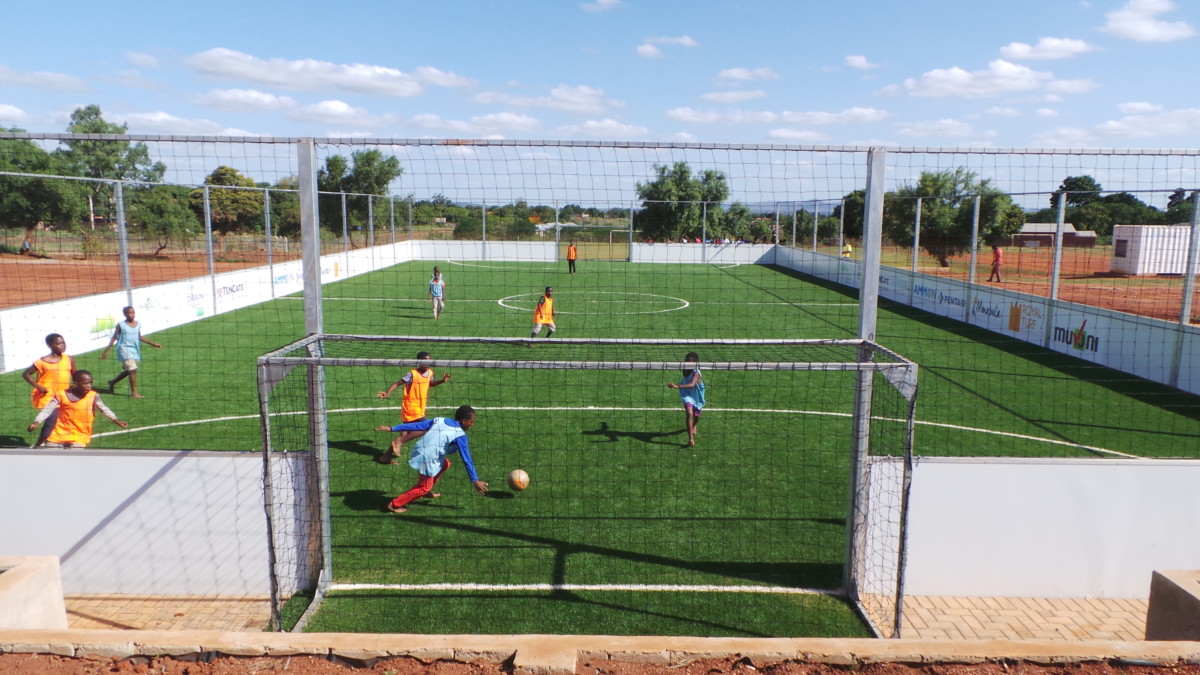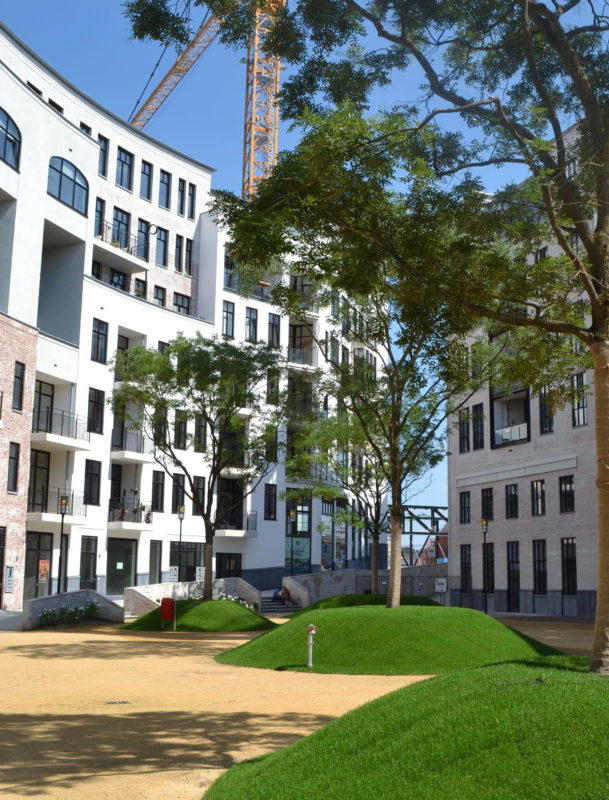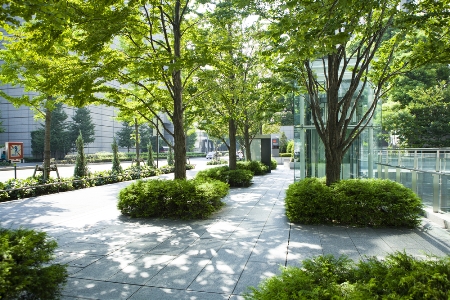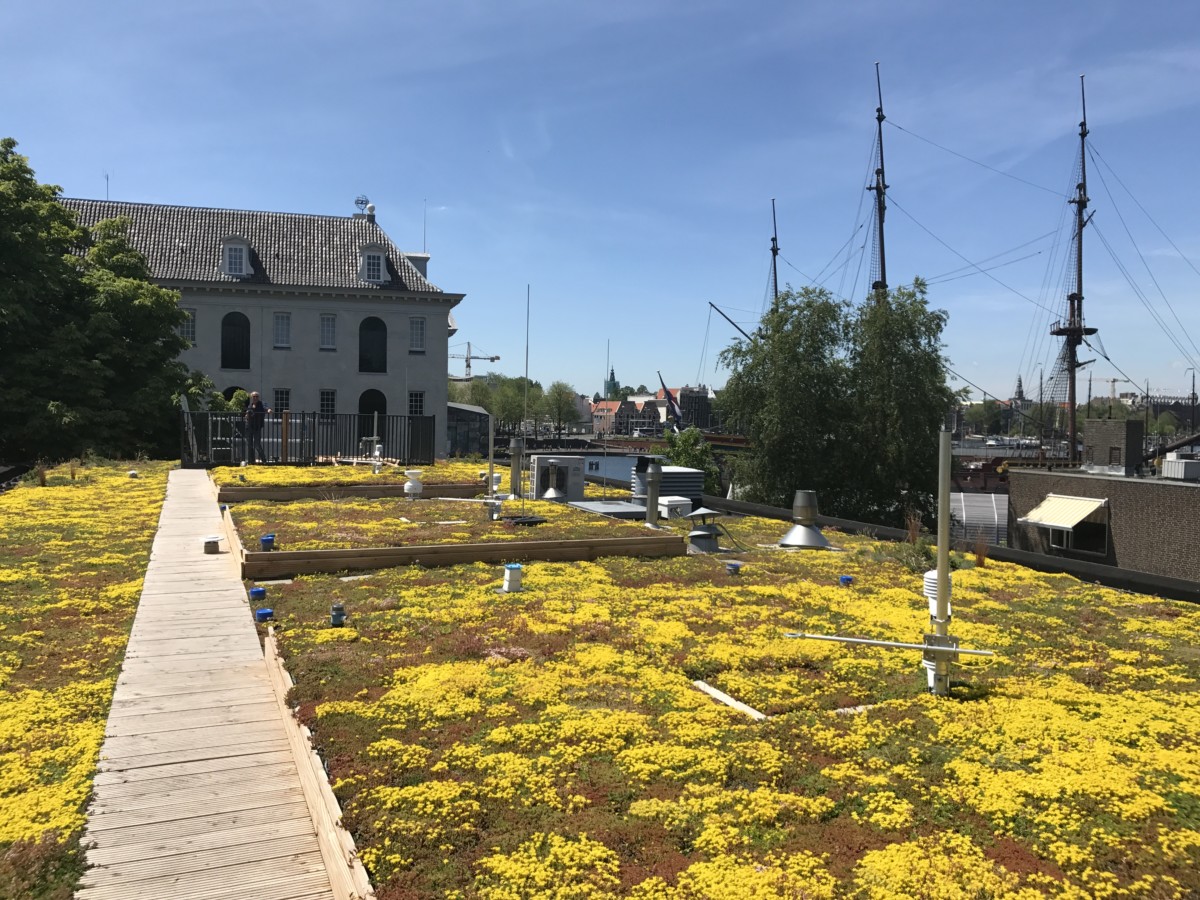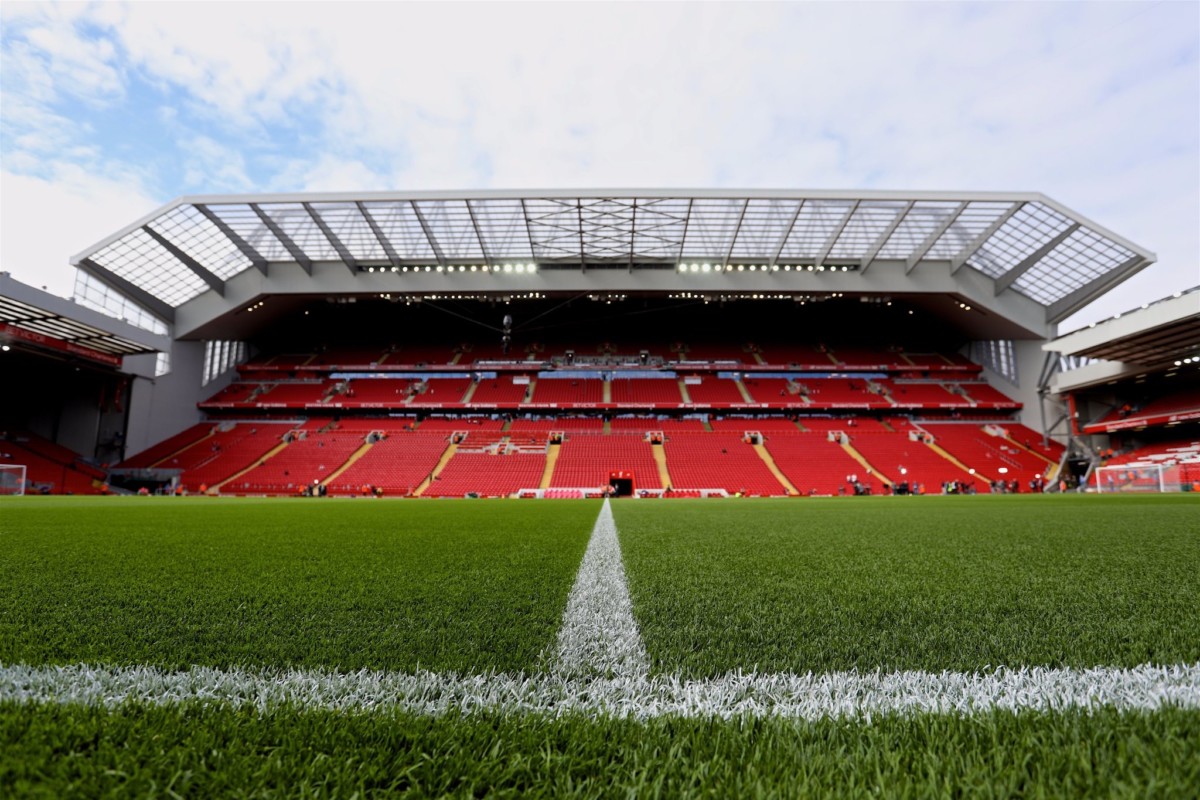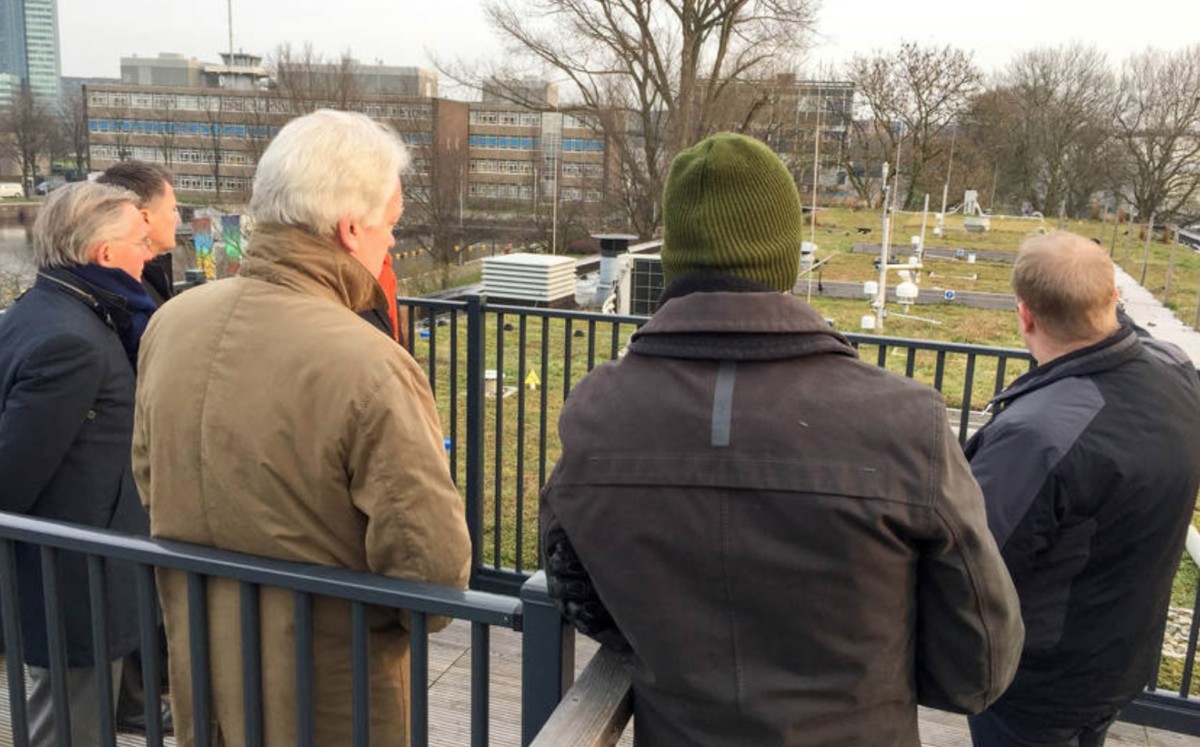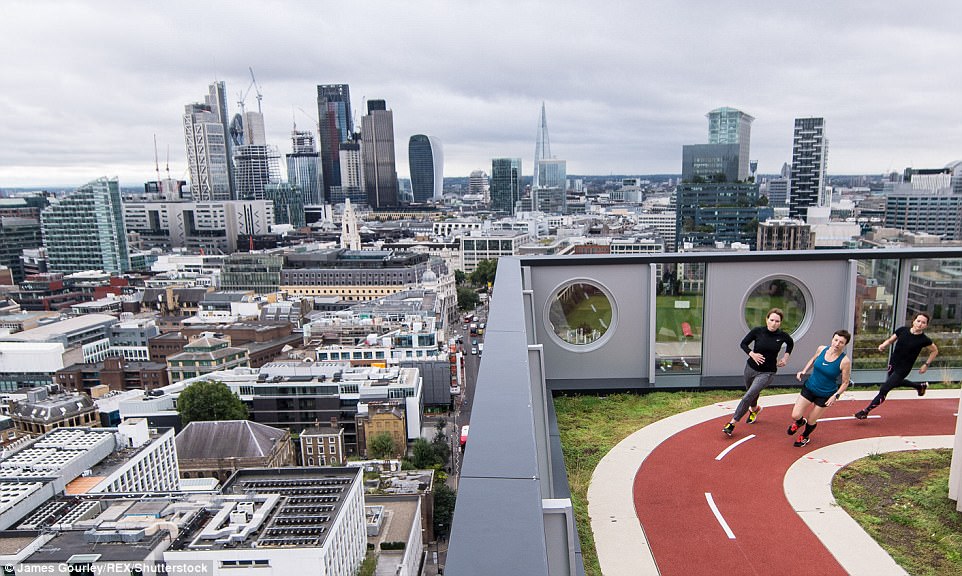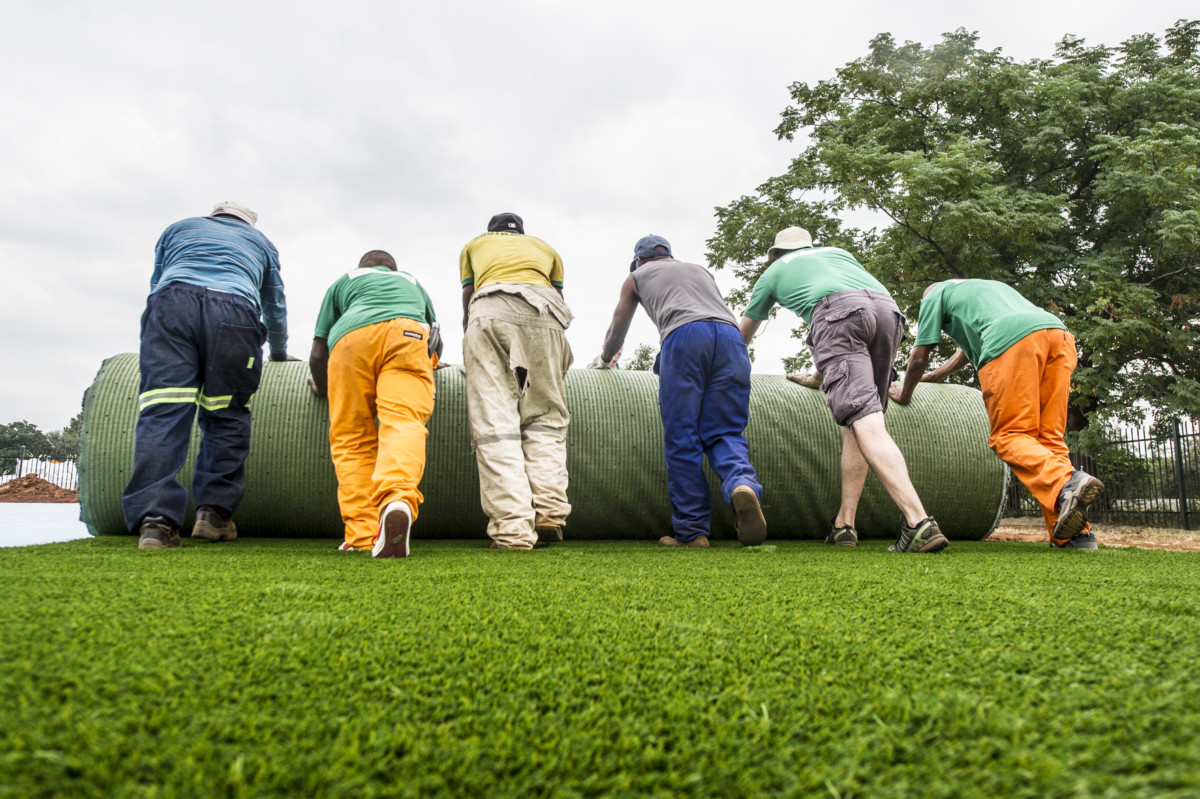How climate change affects the gentlest giants on the planet
Everyone recognises them: the characteristic thick stem and their seamingly chunky canopy: The African Baobab tree (Adansonia digitata). Researchers find many of these often more than 2.000-year-old trees to suddenly die rapidly in a relatively short period of time. Their deaths remain unexplained. There is no evidence of infection or a distinct (local) epidemic: Baobab’s are dying all over the African continent and beyond. Only explanation so far: climate chance.
At times it seems like we are loosing our planets arboricultural heritage at a rapid pass. Trees are being lost in the urban environment, but now also in the natural environment. And with the loss of an ancient tree in the forest we don’t loose ‘just a tree’. Especially old and large trees support a vast network of insects, animals, fungi and bacteria, often in prefect symbiosis, invisible and unknown to man still. This was once more clearly stipulated by Ted Green during his presentation at the ‘Urban Forest of Tomorrow’ Conference in Toronto on June 15th: ‘A tree is never just a tree – it is a system’.
This just tells me that we should approach trees, in the natural, but even more so in the urban environment, with more respect: every tree lost will not be regrown in our lifetime, so the trees we do take care of and plant deserve the best possible growing site and care we as humans can possible offer. ‘Respectful stewards’ towards trees, that is what we should become and whom we should be.
 Share
Share
